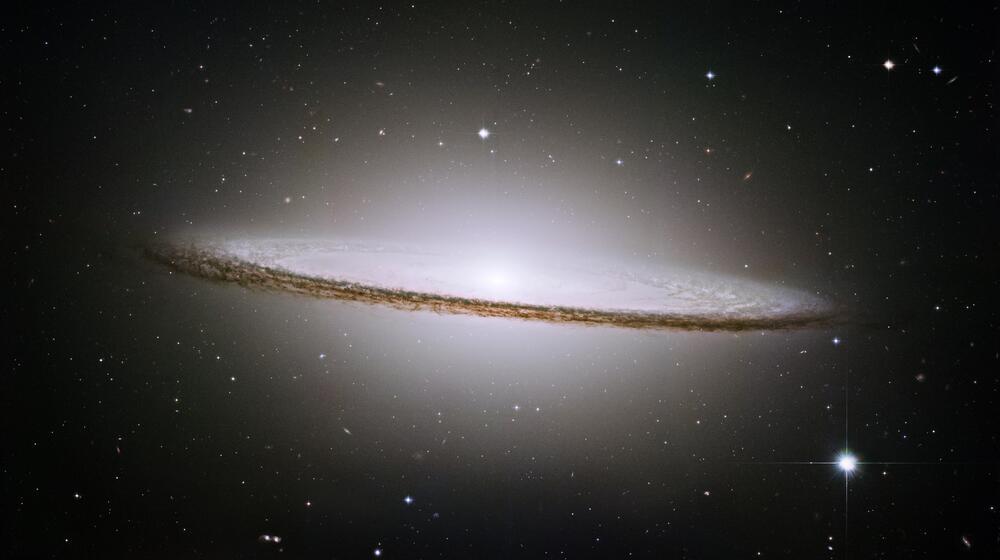The James Webb Space Telescope (JWST) continues to mesmerize with its latest views of the Universe.
New images from the Webb Space Telescope show never-before-seen pathways of star ingredients.
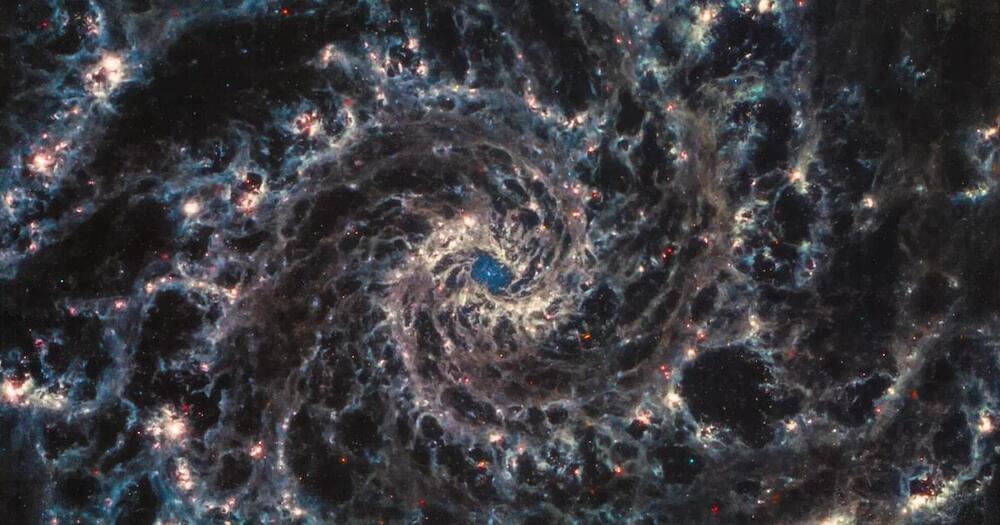
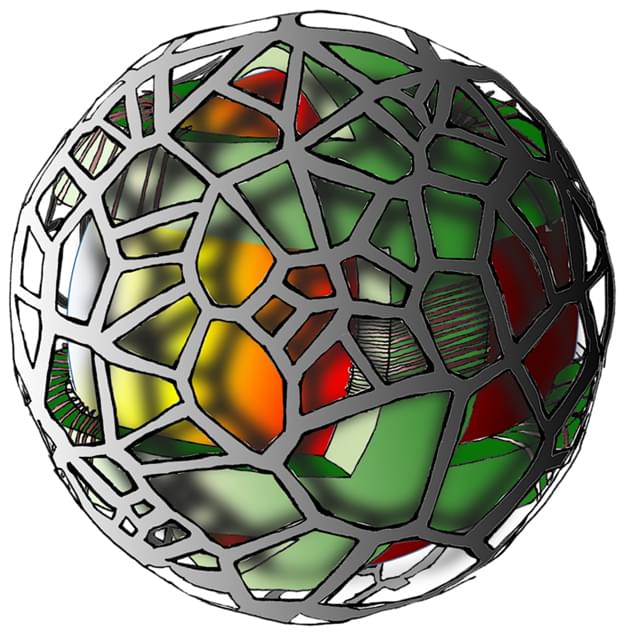
The COgITOR project is aimed at formulating a new concept of artificial cybernetic system, taking its name from Descartes’s maxim “Cogito, ergo sum” and drawing inspiration from the new frontier of robotics that aims to reduce, if not completely cancel, system rigidity.
The goal of COgITOR, in fact, is to create a liquid cybernetic system inspired by the cellular world and suited to the exploration of extreme environments or other planets. It will be spherical in shape, covered by a sensitive skin, similar to a touch screen, allowing interaction with the environment, and will be fitted with a power generation system based on thermal gradients.
COgITOR is a project funded by the European Union as part of the Horizon2020 research programme, with a budget of approximately 3.5 million euros for the next 4 years. The project has been conceived – and is coordinated – by Alessandro Chiolerio, a researcher from the IIT-Istituto Italiano di Tecnologia (Italian Institute of Technology), who has had experience working at the Max Planck Institute for Microstructure Physics in Germany and at the NASA Jet Propulsion Laboratory in the United States. The consortium includes Prof. Andrew Adamatzky (University of Bristol), Dr. Artur Braun (EMPA, Dübendorf), Dr. Carsten Jost (Plasmachem GmbH, Berlin) and Dr. Chiara Zocchi (Ciaotech Srl, Milano).
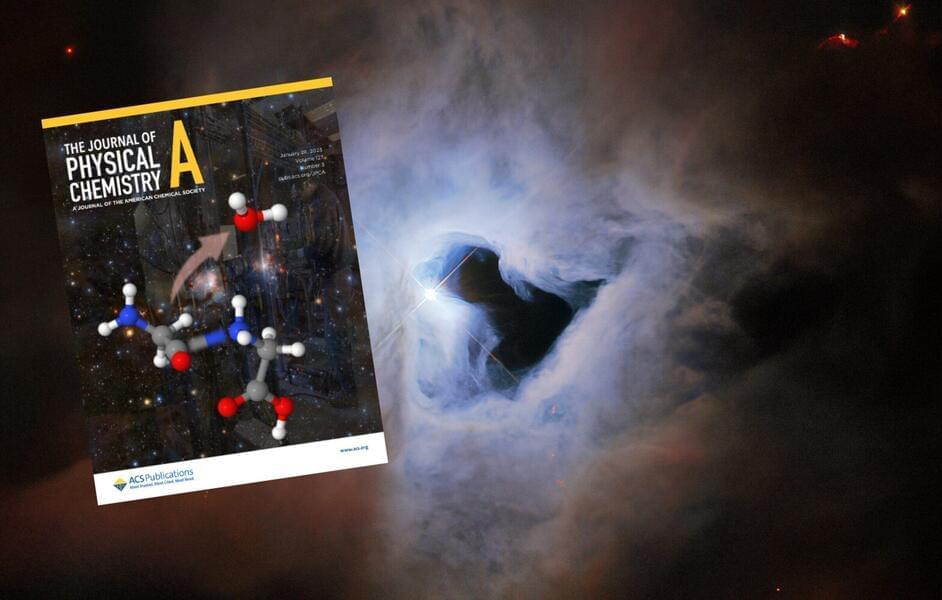
The origin of life is one of the great questions of mankind. One of the prerequisites for the emergence of life is the abiotic – not by living beings caused chemical – production and polymerization of amino acids, the building blocks of life.
“Two scenarios are being discussed for the emergence of life on Earth: On the one hand, the first-time creation of such amino acid chains on Earth, and on the other hand, the influx from space,” explains Tilmann Märk of the University of Innsbruck. “For the latter, such amino acid chains would have to be generated in the very unfavorable and inhospitable conditions in space.”
A team of researchers led by Michel Farizon of the University of Lyon and Tilmann Märk of the University of Innsbruck has now made a significant discovery in the field of abiotic peptide chain formation from amino acids for the smallest occurring amino acid, glycine, a molecule that has been observed several times extraterrestrially in recent years.
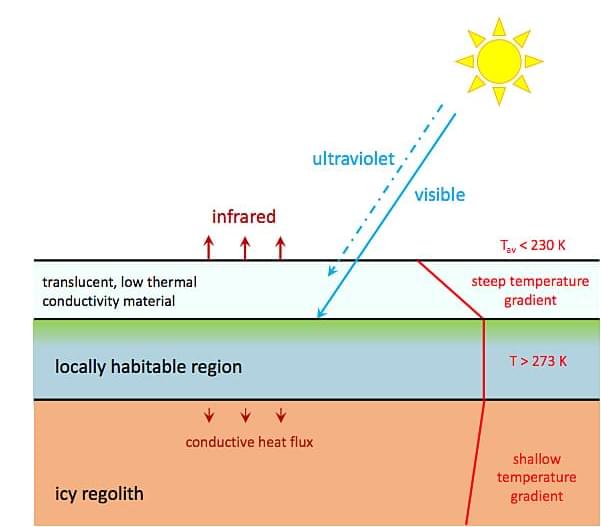
The low temperatures and high ultraviolet (UV) radiation levels at the surface of Mars today currently preclude the survival of life anywhere except perhaps in limited subsurface niches.
Several ideas for making the Martian surface more habitable have been put forward previously, but they all involve massive environmental modification that will be well beyond human capability for the foreseeable future. Here we present a new approach to this problem. We show that widespread regions of the surface of Mars could be made habitable to photosynthetic life in the future via a solid-state analogue to Earth’s atmospheric greenhouse effect.
Specifically, we demonstrate via experiments and modelling that under Martian environmental conditions, a 2 to 3-cm thick layer of silica (SiO2) aerogel will simultaneously transmit sufficient visible light for photosynthesis, block hazardous ultraviolet radiation, and raise temperatures underneath permanently to above the melting point of water, without the need for any internal heat source. Placing silica aerogel shields over sufficiently ice-rich regions of the Martian surface could therefore allow photosynthetic life to survive there with minimal subsequent intervention.
On a cold winter day, the warmth of the sun is welcome. Yet as humanity emits more and more greenhouse gases, the Earth’s atmosphere traps more and more of the sun’s energy and steadily increases the Earth’s temperature. One strategy for reversing this trend is to intercept a fraction of sunlight before it reaches our planet. For decades, scientists have considered using screens, objects or dust particles to block just enough of the sun’s radiation—between 1 or 2%—to mitigate the effects of global warming.
A University of Utah-led study explored the potential of using dust to shield sunlight. They analyzed different properties of dust particles, quantities of dust and the orbits that would be best suited for shading Earth. The authors found that launching dust from Earth to a way station at the “Lagrange Point” between Earth and the sun (L1) would be most effective but would require astronomical cost and effort. An alternative is to use moondust. The authors argue that launching lunar dust from the moon instead could be a cheap and effective way to shade the Earth.
The team of astronomers applied a technique used to study planet formation around distant stars, their usual research focus. Planet formation is a messy process that kicks up lots of astronomical dust that can form rings around the host star. These rings intercept light from the central star and re-radiate it in a way that we can detect it on Earth. One way to discover stars that are forming new planets is to look for these dusty rings.
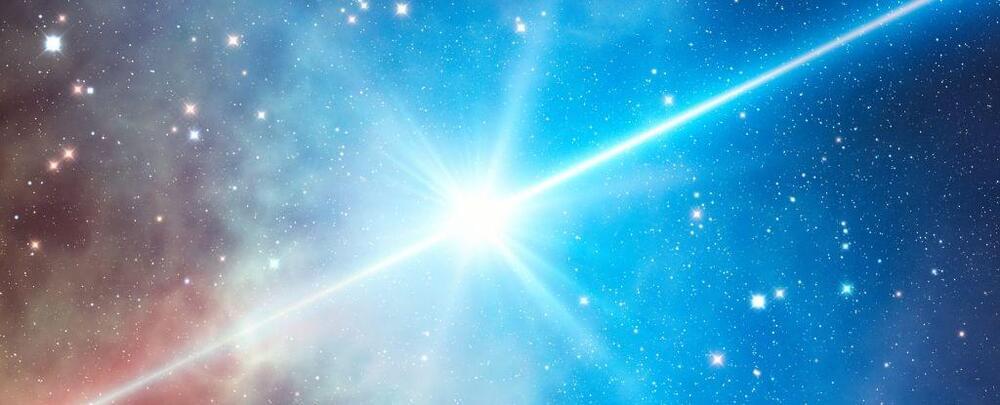
A record-breaking gamma-ray burst detected in October 2022 has now been described as a one-in-a-thousand years event.
It’s called GRB 221009A, and with up to 18 teraelectronvolts of energy packed in its emissions of light, it’s considered the most powerful gamma-ray burst on record.
We’ve been waiting to learn more about this incredible explosion, and now the analyses have started to arrive on preprint server arXiv, with a trio of papers submitted to The Astrophysical Journal Letters.
Scientists from Princeton University believe using ripples in space-time will help them reveal hidden properties of the universe and look back at the beginnings of Earth. Read the article to learn more.
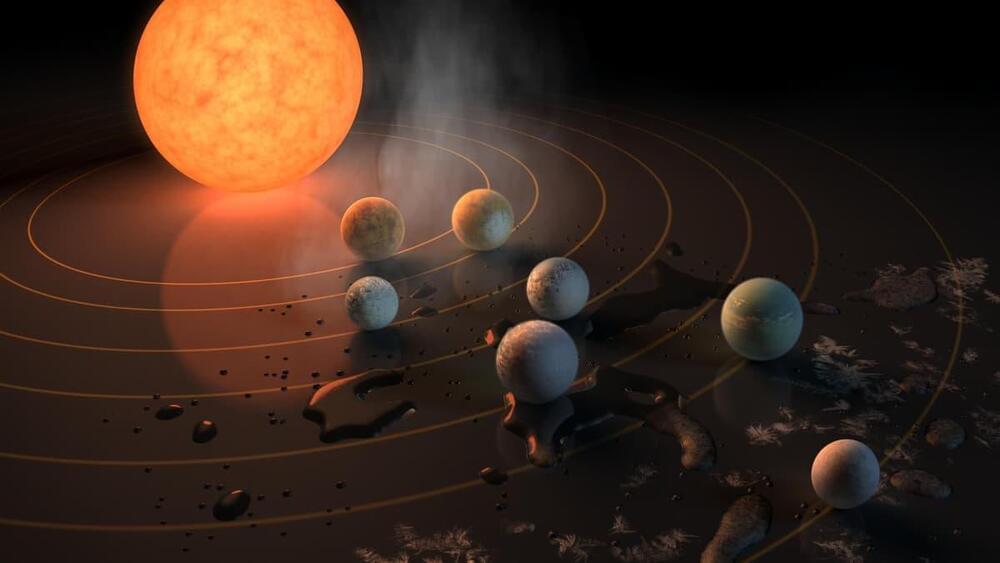
Astronomers have classified planetary systems into four distinct categories, based on the sizes and arrangements of their planets. As it turns out, the architecture of our own solar system is the rarest kind.
Decades of telescopes dedicated to the hunt for worlds around stars other than our own Sun have yielded more than 5,300 of these exoplanets so far, contained in 3,910 planetary systems. With that much data astronomers have been able to classify these planets into different groups based on their characteristics – there are rocky planets, gas giants, Super-Earths, mini-Neptunes and water worlds, among others.
But can planetary systems themselves be classified in similar ways? And if so, how does our own solar system stack up on a cosmic scale? Answering those questions was the goal of a new study by scientists in Switzerland, who examined data from all 853 systems known to contain multiple planets.
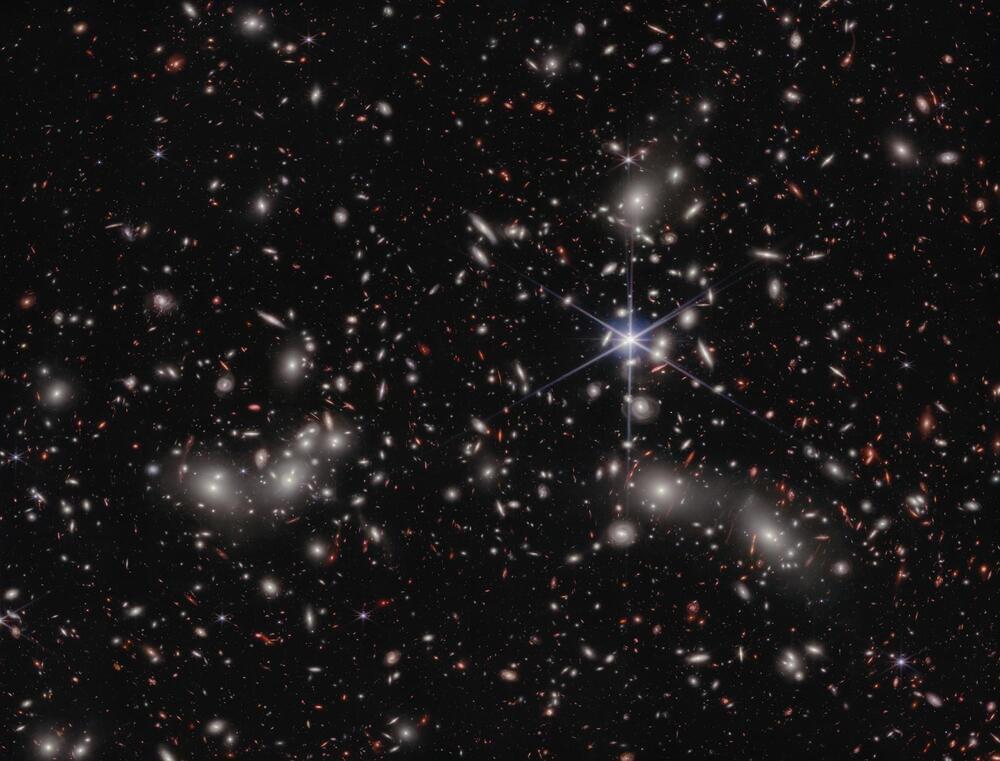
Have you ever seen a “megacluster” of galaxies? You have now. Above is a flagship new “ultra deep” image from the James Webb Space Telescope (JWST) of Abell 2744—nicknamed Pandora’s Cluster—a megacluster of three separate clusters of galaxies and a stunning 50,000 objects.
There’s so much mass in this megacluster that its gravity warps the fabric of spacetime to create a natural super-magnifying glass called a “gravitational lens.” It’s that which has allowed JWST to see much farther into the cosmos than it’s natively capable of.
The latest deep field image from NASA’s James Webb Space Telescope features all-new details of a violent megacluster of galaxies about four billion light years from Earth.
